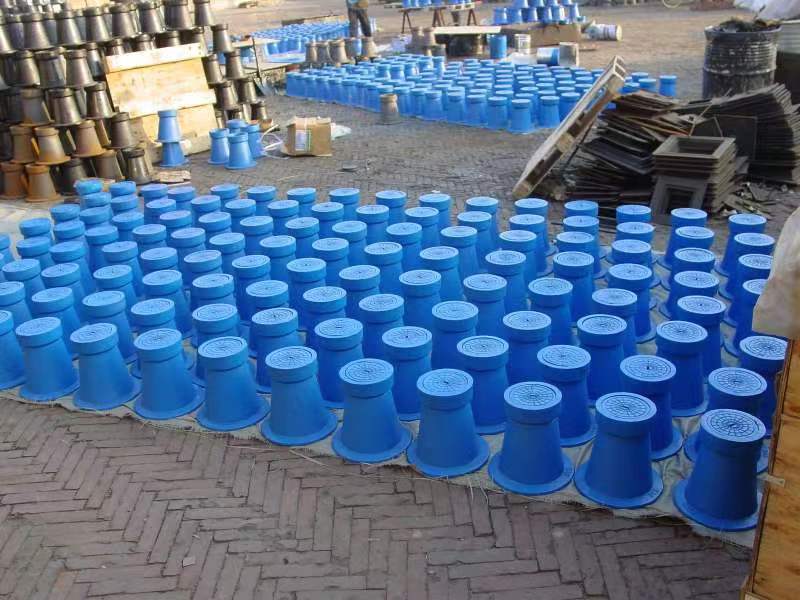Innovative High-Impact Bollards for Enhanced Urban Safety and Security Solutions
The Importance of High-Impact Bollards in Urban Design
In an era where urban safety and security are paramount, high-impact bollards have emerged as essential fixtures in city landscapes. These sturdy, often aesthetically designed posts serve multiple purposes, from controlling vehicular traffic to protecting pedestrians from potential hazards. As urban areas continue to evolve, incorporating high-impact bollards into design strategies is becoming increasingly important.
What Are High-Impact Bollards?
High-impact bollards are robust, vertical posts typically made of materials like steel, concrete, or reinforced plastic, engineered to withstand significant force. They are often used to delineate boundaries, prevent unauthorized vehicle access, and create safe walking environments. Their design varies from functional to decorative, contributing to urban aesthetics while serving practical safety purposes.
Enhancing Safety and Security
One of the primary roles of high-impact bollards is to enhance safety in crowded urban settings. In recent years, cities have faced rising concerns about vehicle-related incidents, particularly in crowded areas such as shopping districts, parks, and public squares. High-impact bollards act as physical barriers that can deter reckless driving and protect pedestrians from potential threats, including terrorist attacks involving vehicles.
Many high-impact bollards are tested to withstand significant collisions, adhering to safety standards established by organizations like the American Society for Testing and Materials (ASTM). This capability allows city planners to deploy bollards in high-traffic areas without compromising public safety. When strategically placed, they can create safe zones protecting pedestrians while guiding vehicles away from specific areas.
Traffic Control and Management
high impact bollards

In addition to safety, high-impact bollards play a crucial role in traffic control. They can be used to manage vehicle flow, direct traffic, and restrict access to certain zones, particularly during events or peak times. By marking pedestrian walkways and curbside drop-off areas, bollards help maintain order in bustling urban spaces.
Moreover, the implementation of high-impact bollards can support smart city initiatives. For instance, new technologies allow for smart bollards that can provide real-time data on traffic patterns, alert authorities of incidents, or even communicate with nearby vehicles. This integration of technology enhances urban management and further contributes to public safety.
Aesthetic Integration
While functionality is crucial, visual appeal should not be overlooked. Modern high-impact bollards come in various designs, colors, and finishes, allowing them to blend seamlessly into the urban environment. Cities are increasingly recognizing the potential of bollards to enhance the aesthetic quality of public spaces. Artistic designs can transform these safety features into elements of urban art, contributing to the uniqueness of a particular neighborhood.
Engaging local artists in the design process can also foster community pride and ownership over public spaces. As cities strive to create welcoming environments, the thoughtful integration of high-impact bollards can reinforce this goal.
Conclusion
High-impact bollards are more than just physical barriers; they are indispensable tools for enhancing safety, managing traffic, and beautifying urban areas. As cities continue to grow and adapt to new challenges, the role of bollards will remain significant. Moving forward, urban planners and designers must prioritize the selection and deployment of high-impact bollards to create secure, functional, and visually appealing city spaces. In doing so, they will contribute to a safer, more organized urban environment that is conducive to both pedestrian movement and traffic management.
-
The Smarter Choice for Pedestrian AreasNewsJun.30,2025
-
The Gold Standard in Round Drain CoversNewsJun.30,2025
-
The Gold Standard in Manhole Cover SystemsNewsJun.30,2025
-
Superior Drainage Solutions with Premium Gully GratesNewsJun.30,2025
-
Superior Drainage Solutions for Global InfrastructureNewsJun.30,2025
-
Square Manhole Solutions for Modern InfrastructureNewsJun.30,2025
-
Premium Manhole Covers for Modern InfrastructureNewsJun.30,2025
